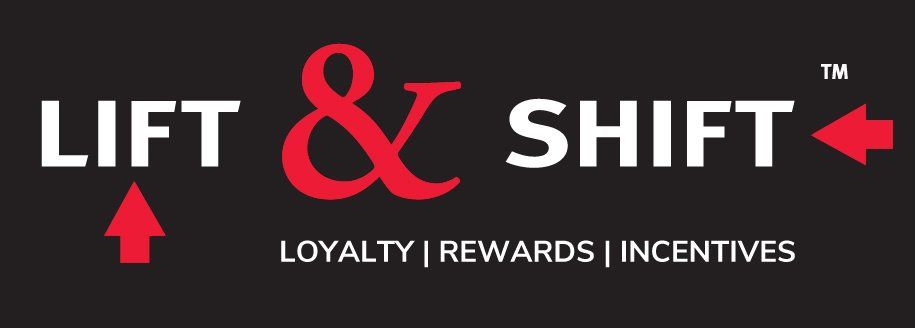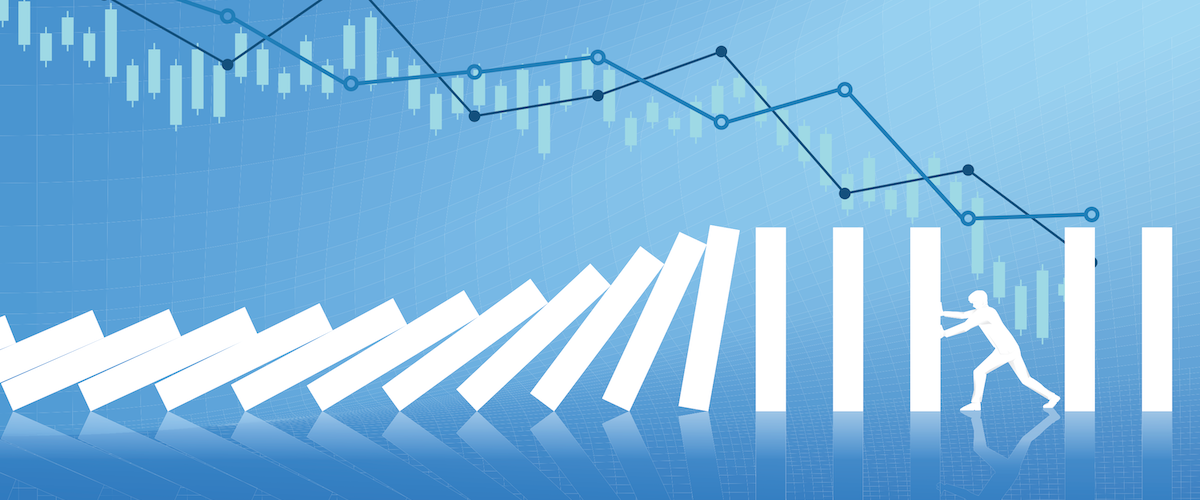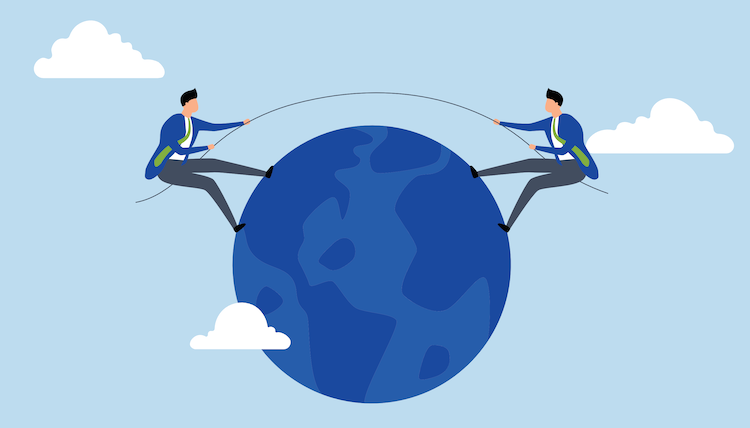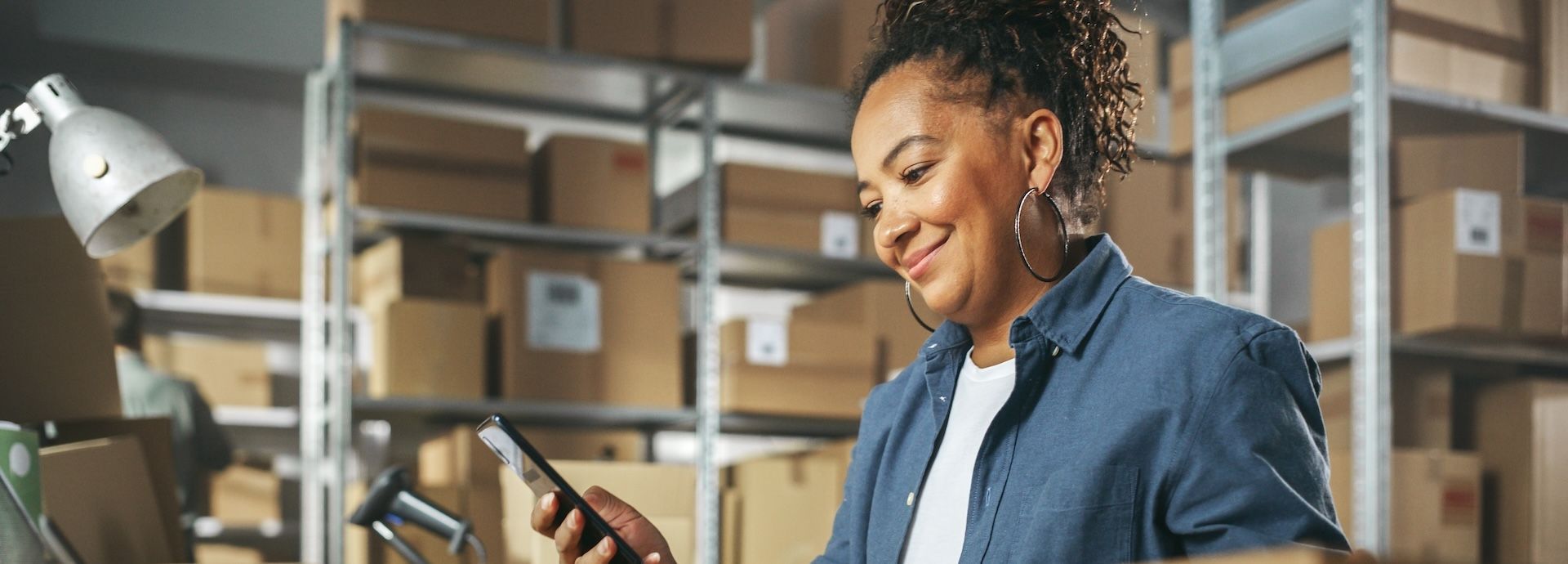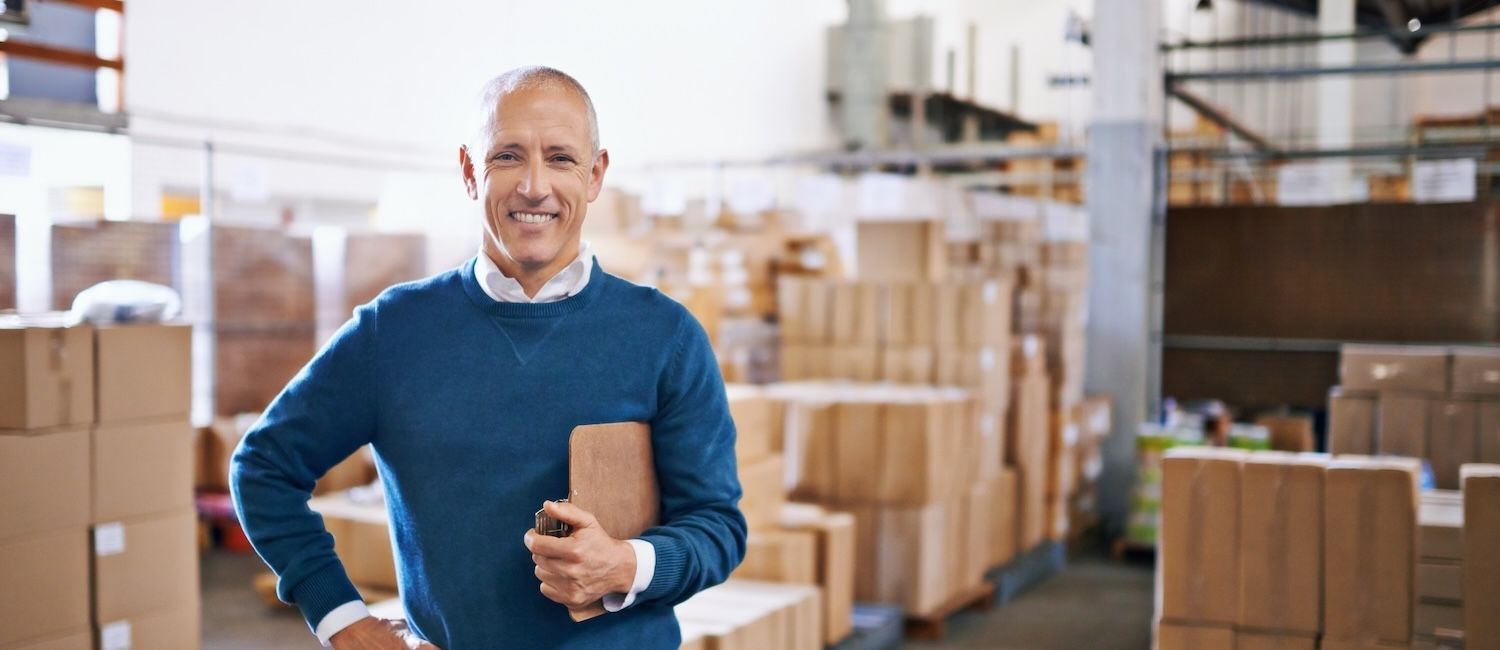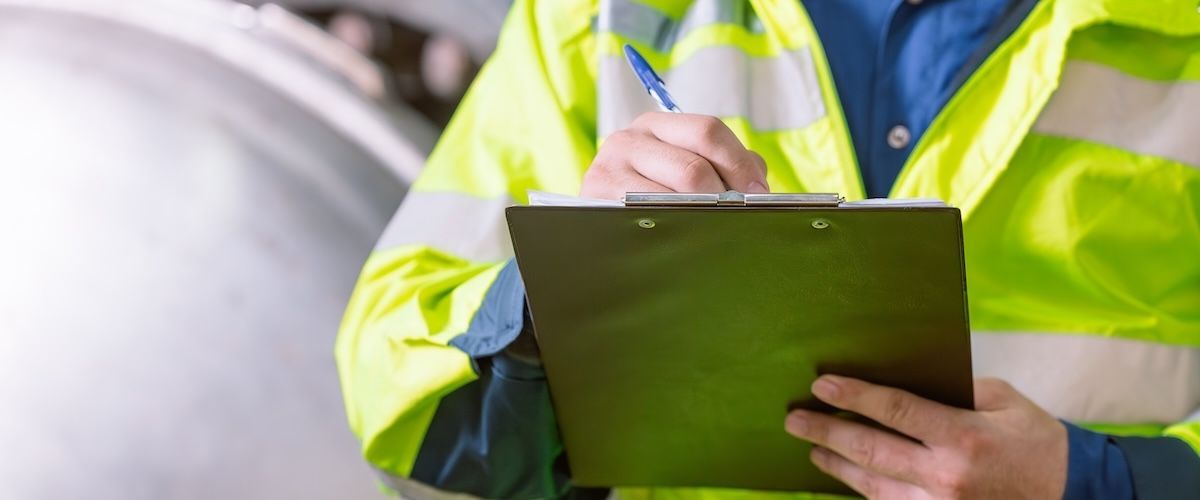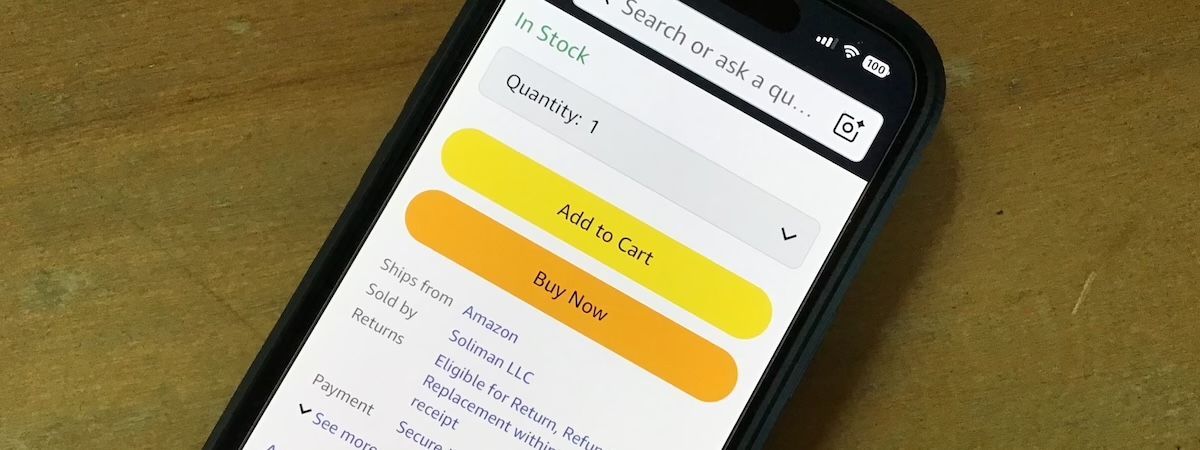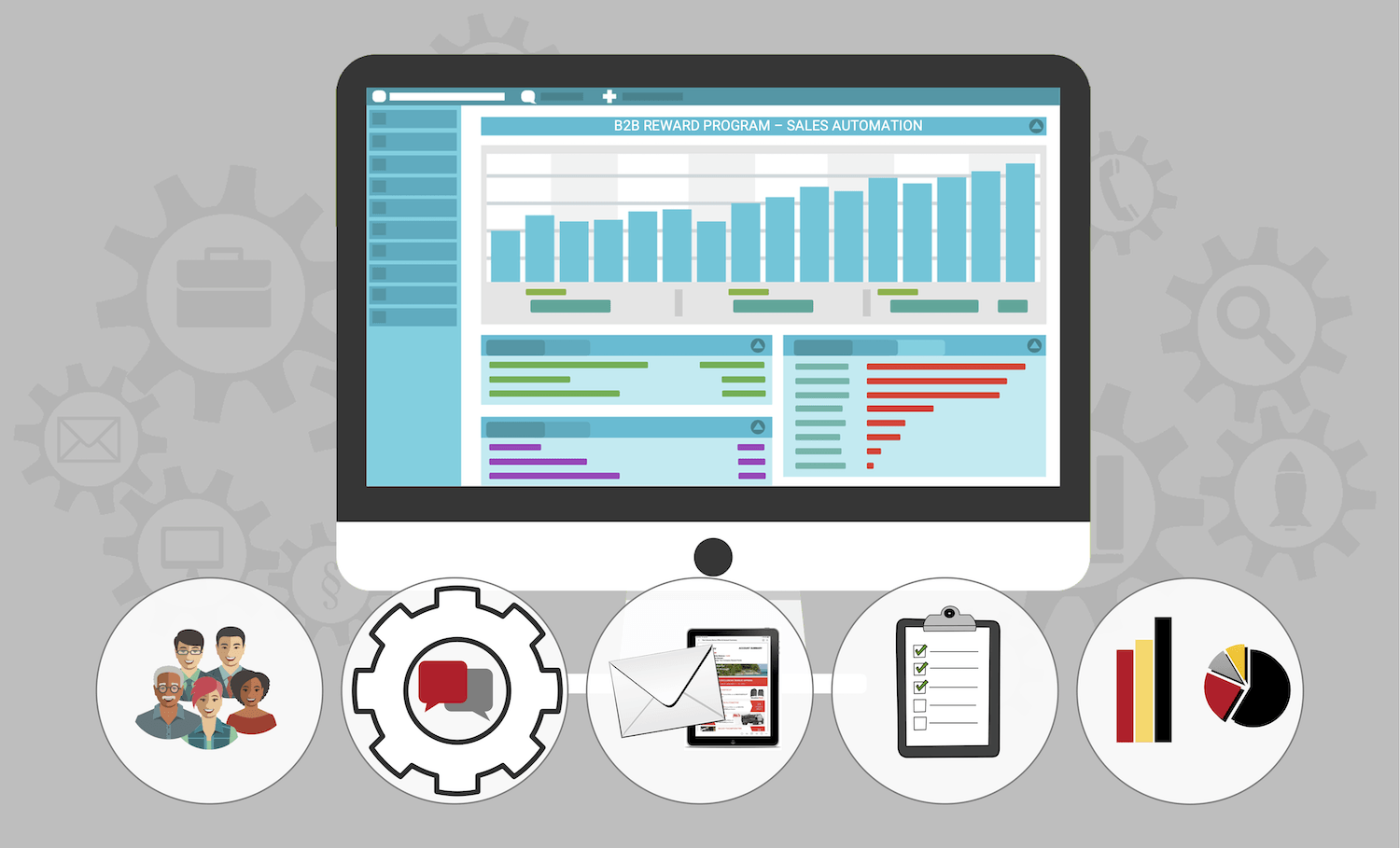In today's global marketplace, supply chain disruption is no longer an occasional risk—it’s a business reality. We certainly heard about it during the pandemic, but tariffs, fluctuating demand, labor shortages, material scarcities, and transportation bottlenecks have continued to create unpredictable challenges for manufacturers, distributors, and their customers. “Business as usual” is harder to sustain, threatening both revenue and customer relationships.
B2B reward programs can play an important role in helping companies manage both the problems—and the opportunities—created. They offer a powerful tool to help manufacturers, distributors, and service providers manage uncertainty, strengthen their customer and channel partnerships, and capture market share during periods of supply chain instability.
Understanding the impact of supply chain disruption in B2B
When supply chains break down, B2B companies experience a cascade of issues:
- Inventory shortages and delivery delays
- Increased transportation and procurement costs
- Volatile demand from customers
- Strained relationships with channel partners and suppliers
- Lost sales opportunities and customer churn
During these periods, maintaining strong customer relationships becomes critical. Loyalty, trust, and business continuity become key differentiators. This is where B2B loyalty and incentive programs can deliver measurable impact.
Are your customers being forced to buy from your competitors?
Use rewards to promote alternate product solutions to customers and minimize churn
Reward programs leverage sales data to influence purchase behavior.
Typically, historical sales data is used to encourage customers to buy more of the same. But this same data can also be used to identify products or services these customers should or could be purchasing from you. Rewards can be introduced to influence more of those purchase outcomes:
- When inventory is unavailable, reward programs can offer targeted incentives to encourage customers to try substitute products or alternative brands.
- When products aren’t available, shippers are slow to fill orders, or staff can’t be found to get the orders picked and packed, reward programs can be used as a customer "make good," offering bonus points or temporary incentives to thank customers for their patience while waiting for back-ordered items.
In both cases, reward programs provide a structured way to keep customer purchasing activity inside your business rather than letting them explore other suppliers.
Are you seeing new customers because your competitors have supply chain issues?
Use rewards to solidify new customer relationships and drive more transactions
Rather than viewing these sales as one-time transactions, successful suppliers are using B2B customer reward programs to lock in these new relationships. Encouraging these new customers to participate in your B2B customer reward program will help ensure you stay top-of-mind with these new customers.
- Enroll these new customers into your reward program right away to establish loyalty from the outset.
- Use purchase data to create targeted offers based on their initial orders—introducing complementary products, cross-sell opportunities, and upsell incentives.
- Structure bonus rewards for repeat purchases or new category adoption, encouraging customers to make you their primary supplier over time.
A reward program is not just a thank-you—it’s a proactive B2B sales tool that can be fully automated and data-driven to drive incremental sales with these newly acquired customers.
A long-term investment in business resilience
B2B reward programs are not just short-term fixes. They are long-term strategic tools that build resilience into your customer and channel relationships. As companies navigate an increasingly complex global supply chain landscape, those who leverage data-driven B2B loyalty strategies will be better positioned to stabilize revenue, capture growth opportunities, and deepen customer loyalty.
At Lift & Shift, we specialize in helping B2B brands design, implement, and manage full-service loyalty programs tailored to their sales data, customer segments, and business objectives. Whether you're facing supply chain challenges or planning for growth, a well-structured B2B rewards program can turn uncertainty into opportunity.
Future-proof your business
Supply chain disruptions are going to continue to be the reality for B2B businesses for the foreseeable future, but they don't have to derail your growth. With the right reward program in place, your company can proactively manage customer retention, support channel partners, and respond dynamically to shifting market conditions. The combination of targeted offers, real-time data insights, and flexible program design ensures that your business will not only survive disruption but thrive in the face of it.
If you're ready to explore how a B2B reward program can future-proof your business, contact Lift & Shift today, and we will help you!
(NOTE: This article has been updated from a post originally published October 12, 2021)
Lift & Shift™ offers a powerful B2B reward platform that can help your company leverage its sales data to drive incremental purchases with customers and channel partners or motivate sales staff. We work with manufacturers, distributors and service providers to analyze sales data, identifying purchasing gaps and other valuable targeting opportunities.
We create and deliver highly relevant offers to customers, in-house sales staff or sales associates, motivating your target audience to respond, using a wide array of appealing reward options as influencers. Our performance-based reward structures deliver an unparalleled return on investment, with absolutely no wasted budget.
Our customizable reward platform enables clients to easily benefit from a robust loyalty reward program. It's affordable and includes Lift & Shift’s turnkey professional program administration. We take care of everything so you can focus on your key initiatives.
